Home> Company News> Mass transfer kinetics of freeze-drying and microwave vacuum drying of Agaricus bisporus and changes of flavor components during drying
- AddressNo.4087 SHAHEXI ROAD, TIAOQIAO DISTRICT,JINAN,CHINA
- Factory AddressNo.4087 SHAHEXI ROAD, TIAOQIAO DISTRICT,JINAN,CHINA
- Worktime9:00-18:00
- Phone(Working Time)0531-85064681
- Phone(Nonworking Time)86-18660125156
- Fax0531-85064682
Mass transfer kinetics of freeze-drying and microwave vacuum drying of Agaricus bisporus and changes of flavor components during drying
2018-12-17 09:52:11Agaricus bisporus is one of the most widely cultivated and consumed edible mushrooms in the world.
Good Efficiency Professional Designed microwave fungus and mushrooms drying machine
According to statistics, the annual output of Agaricus bisporus in China is 2.184 million tons in 2012, which is one of the largest edible mushrooms in annual output. Microwave drying machinery and equipment
Agaricus bisporus is not only delicious and nutritious, but also contains a variety of bioactive substances.
However, the quality of Agaricus bisporus tends to deteriorate during storage and transportation, such as browning, umbrella opening and decay. At present, freeze-drying (FD) is considered to be the most effective way to produce high-quality dehydrated food. It can maintain the original color, texture, nutrition and flavor of food to the greatest extent.
However, there are many problems in freeze-drying, such as high energy consumption, long production cycle and high production cost. While maintaining the sensory, nutritional and flavor quality of the products, the study of energy-saving drying technology with high efficiency for Agaricus bisporus has important theoretical guiding significance for the intensive processing of Agaricus bisporus.
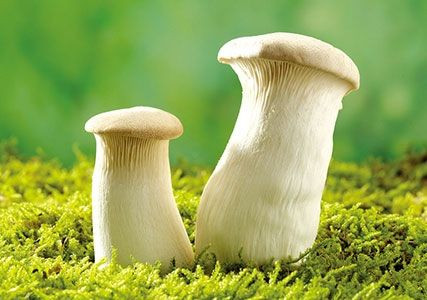
Using Agaricus bisporus as raw material, three different combined drying methods, freeze-drying combined with hot air drying (FD+AD), freeze-drying combined with vacuum drying (FD+VD) and freeze-drying combined with microwave vacuum drying (FD+MVD), were used to investigate the effects of different drying methods on the color, texture, microstructure, nutrient retention and energy consumption of Agaricus bisporus slices. Under 38% conditions, there was no significant difference in L value, a value, average volume density and hardness between FD+VD and FD+MVD combined drying methods and FD-dried products.
Besides the relatively low content of vitamin C in FD+MVD products, FD+VD and FD+MVD combined drying methods had significant retention of nutrients such as total sugar, soluble sugar and soluble protein. It is better than FD+AD.
Compared with FD, the three combined drying methods can reduce the power consumption by 34.51%, 36.36% and 35.27% respectively while ensuring the quality of bisporus mushroom slices, but only FD + MVD drying method can significantly shorten the drying time (35.63% shorter than freeze drying).
In addition, there is no significant difference between the micro-pore structure of FD + MVD products and FD products. Therefore, FD+MVD is an efficient, energy-saving and quality-guaranteed combined drying method suitable for dehydration of Agaricus bisporus.
The effects of drying parameters such as freeze-drying temperature (20, 30, 40), paving thickness (1, 2 and 3 layers), drying pressure (70 Pa, 100 Pa and 130 Pa), microwave power density (20 W/g, 40 W/g and 60 W/g) on the drying kinetics of Agaricus bisporus slices during FD and FD+MVD processing were studied and compared.
The mass transfer kinetics and rehydration characteristics of FD and FD+MVD of Agaricus bisporus slices were described by using suitable classical mathematical models, and the effective water diffusivity (Deff) was calculated.
The results showed that freeze-drying temperature, layers, drying pressure and microwave power density of FD and FD+MVD of Agaricus bisporus slices had significant effects on their drying rate.
With the increase of freeze-drying temperature, the decrease of the number of layers, the decrease of pressure in freeze-drying process and the increase of microwave power density, the drying rate increased significantly.
Through non-linear regression analysis, Page model fits the water content curve of FD process best, while Logarithmic model fits the water content curve of MVD process best at the later stage of FD+MVD.
The mathematical models of FD dynamic drying are MRFD=exp(-kFDt1.383), kFD= 0.012T-0.177LFD-0.005V+0.844, R2= 0.970. These two mathematical models can accurately predict the relationship between water ratio and drying time in FD and FD+MVD processes.
At the same time, according to Fick's second law, the effective water diffusion coefficient of MVD process in the later stage of FD+MVD is about 10 times that of FD process. This further proves the superiority of FD+MVD process from the point of mass transfer dynamics.
Peleg model can predict the hydrodynamic characteristics of FD and FD+MVD dehydrated Agaricus bisporus slices. The equilibrium moisture content of FD+MVD dried Agaricus bisporus slices during rehydration is very close to that of FD products, which proves that the rehydration ability of these two different drying methods is similar.
The non-volatile components such as soluble sugar (alcohol), free amino acid, flavoring nucleotide and organic acid were determined during FD and FD+MVD drying of Agaricus bisporus. The variation of non-volatile components in the two drying methods was studied and compared. EUC was introduced to evaluate the taste grade of Agaricus bisporus at different drying stages.
The results showed that the EUC value of Agaricus bisporus and the contents of most non-volatile components, such as mannitol, L-glutamic acid, L-histidine, L-glutamine, L-phenylalanine, 5'-GMP, 5'-AMP and organic acid, increased significantly in the sublimation stage of FD process, and decreased significantly in the resolution stage of FD process and MVD stage of FD+MVD.
Compared with FD-dried Agaricus bisporus tablets, FD+MVA-dried Agaricus bisporus tablets had relatively low soluble sugar (alcohol) content, but the content of free amino acids, especially those which contributed significantly to EUC, was significantly higher than that of FD products, and similar to that of fresh samples.
There was no significant difference in the content of flavor nucleosides and organic acids between the two drying methods. In addition, the EUC values of dried Agaricus bisporus slices by FD and FD+MVD had no significant difference with fresh samples, which proved that the two drying methods could effectively maintain the flavor components of Agaricus bisporus.
The optimum solid phase microextraction (SPME) process for volatile components of Agaricus bisporus was optimized by taking the total flavor substance content and the characteristic volatile component 1-octene-3-alcohol content as indicators. The contents of non-volatile components in FD and FD+MVD of Agaricus bisporus were studied and compared by GC-MS and electronic nose technology. The results showed that Agaricus bisporus swing
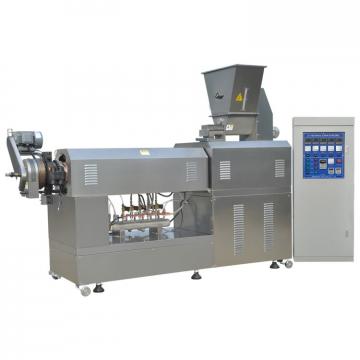 Factory Fruit and Vegetable Processing Machines/Quick Frozen Line/Food Processing Production Line for Daylily Production Line with High Output
Factory Fruit and Vegetable Processing Machines/Quick Frozen Line/Food Processing Production Line for Daylily Production Line with High Output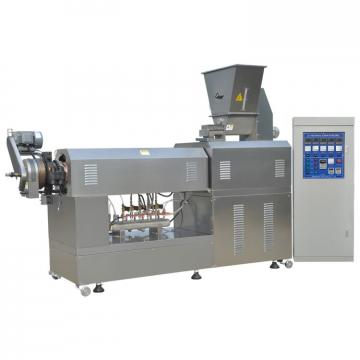 Factory Direct Sales PS Styrofoam Food Container Production Line
Factory Direct Sales PS Styrofoam Food Container Production Line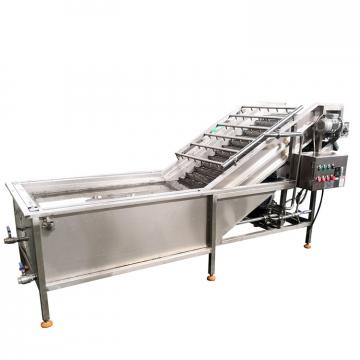 Complete Pure / Mineral Drinking Bottled Water Production Line Factory in Beverage / Food Area
Complete Pure / Mineral Drinking Bottled Water Production Line Factory in Beverage / Food Area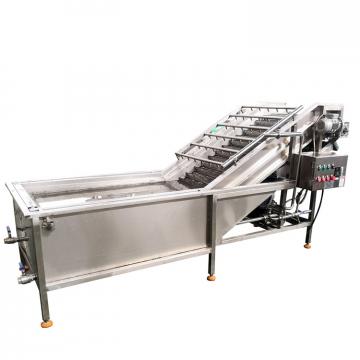 Cheetos Fried Food Production Factory Extruder Processing Line
Cheetos Fried Food Production Factory Extruder Processing Line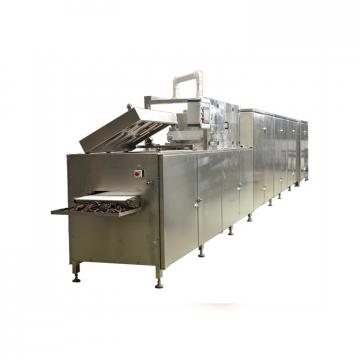 Automatic Mini Food Factory Macaroni Processing Line Pasta Production Line
Automatic Mini Food Factory Macaroni Processing Line Pasta Production Line
